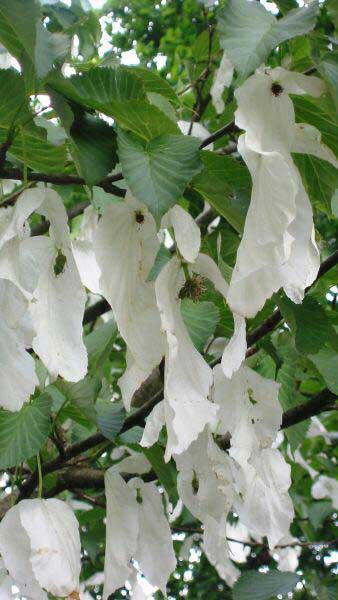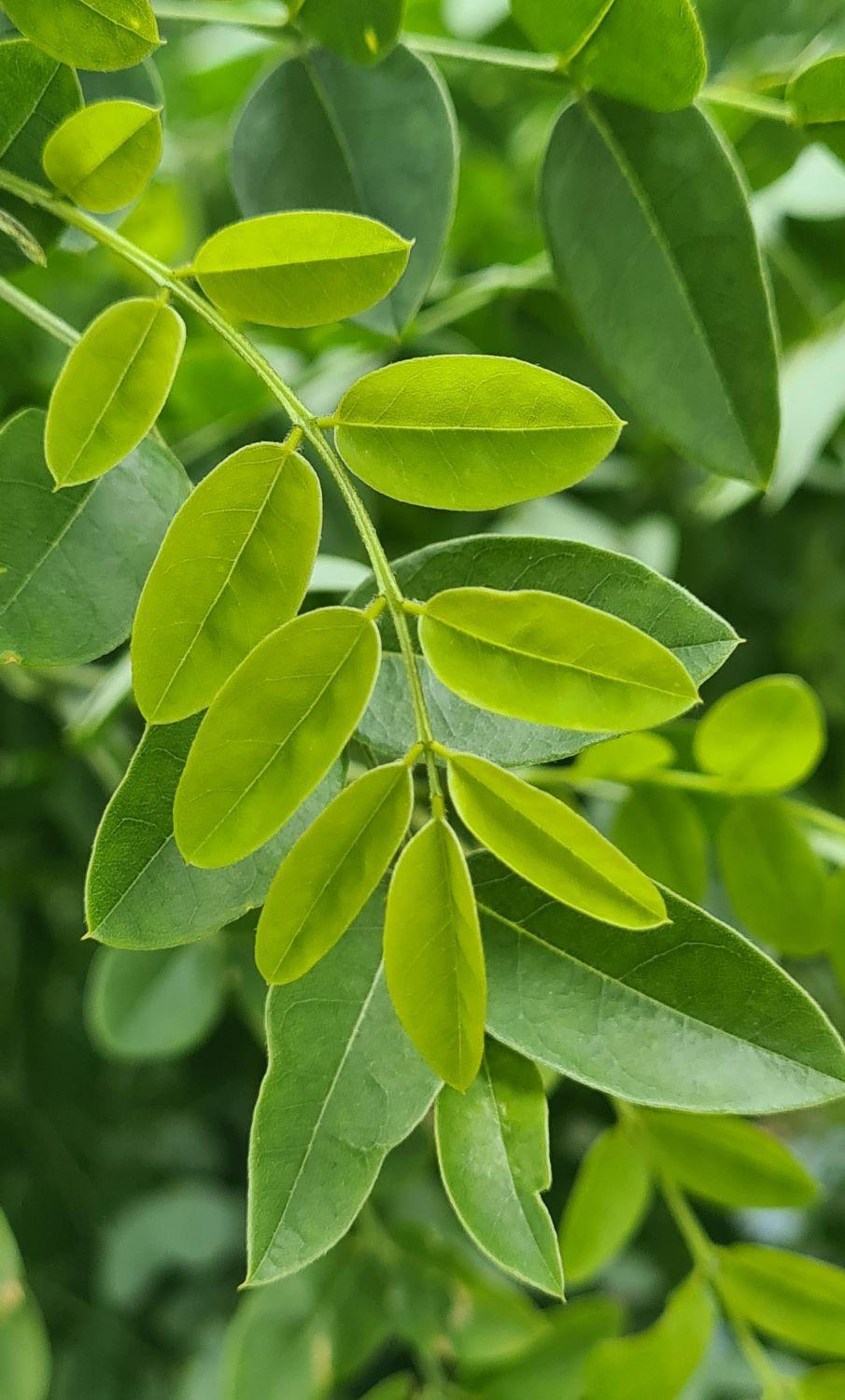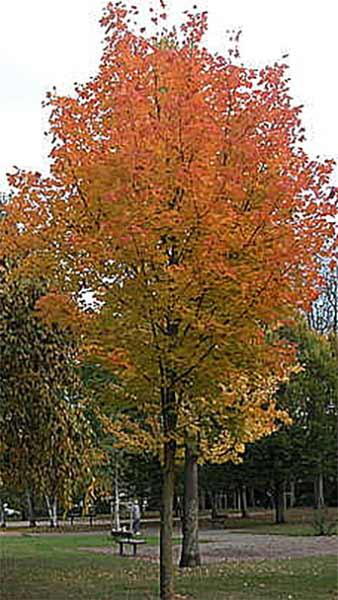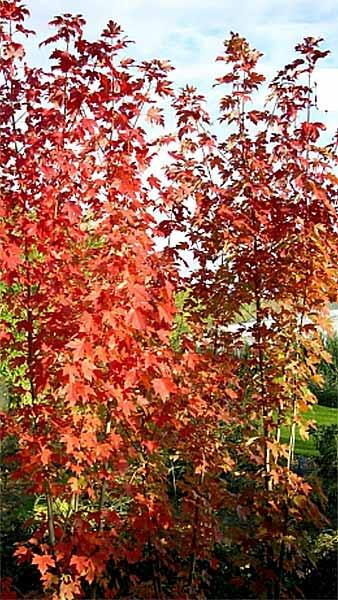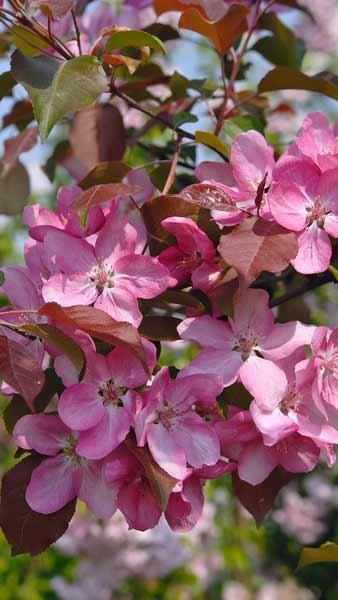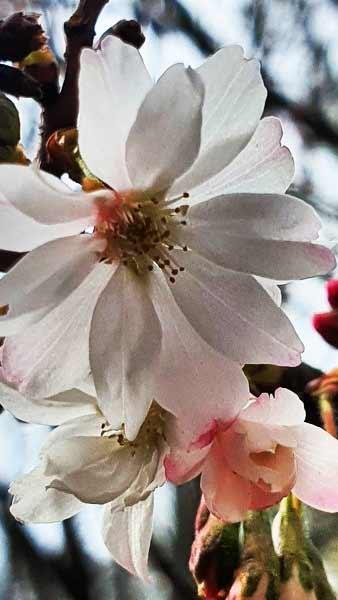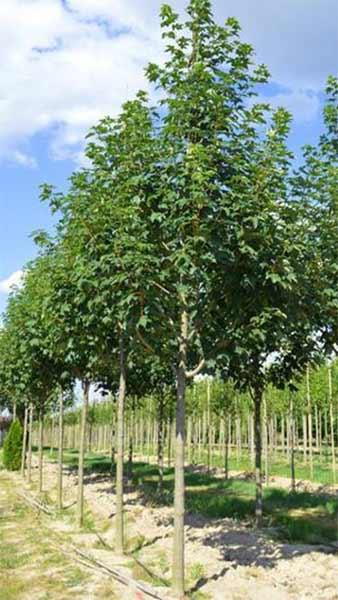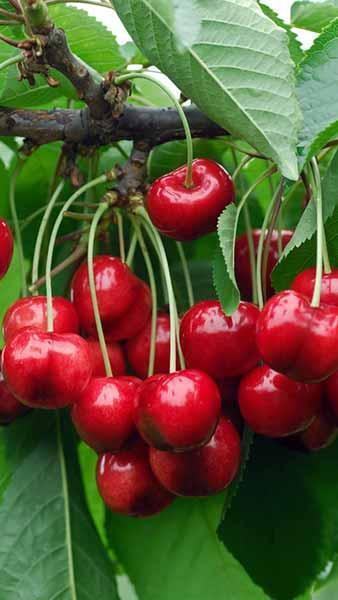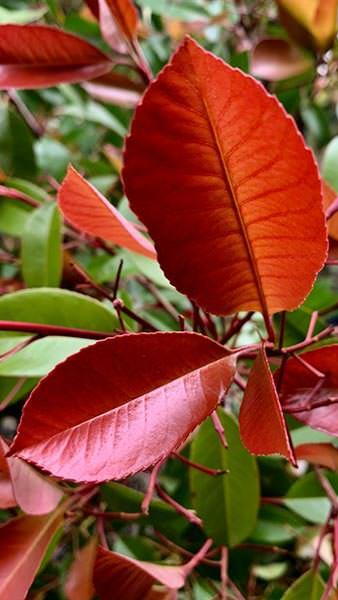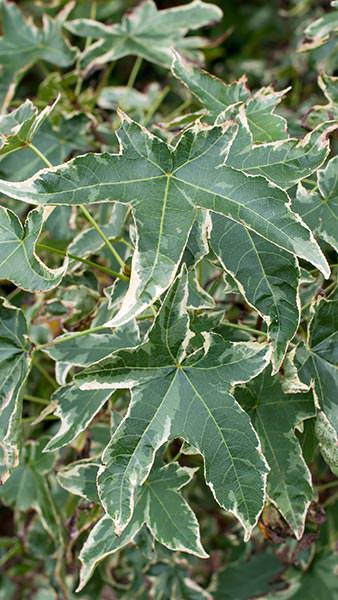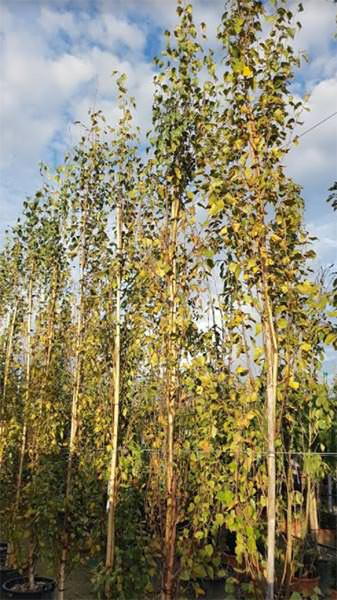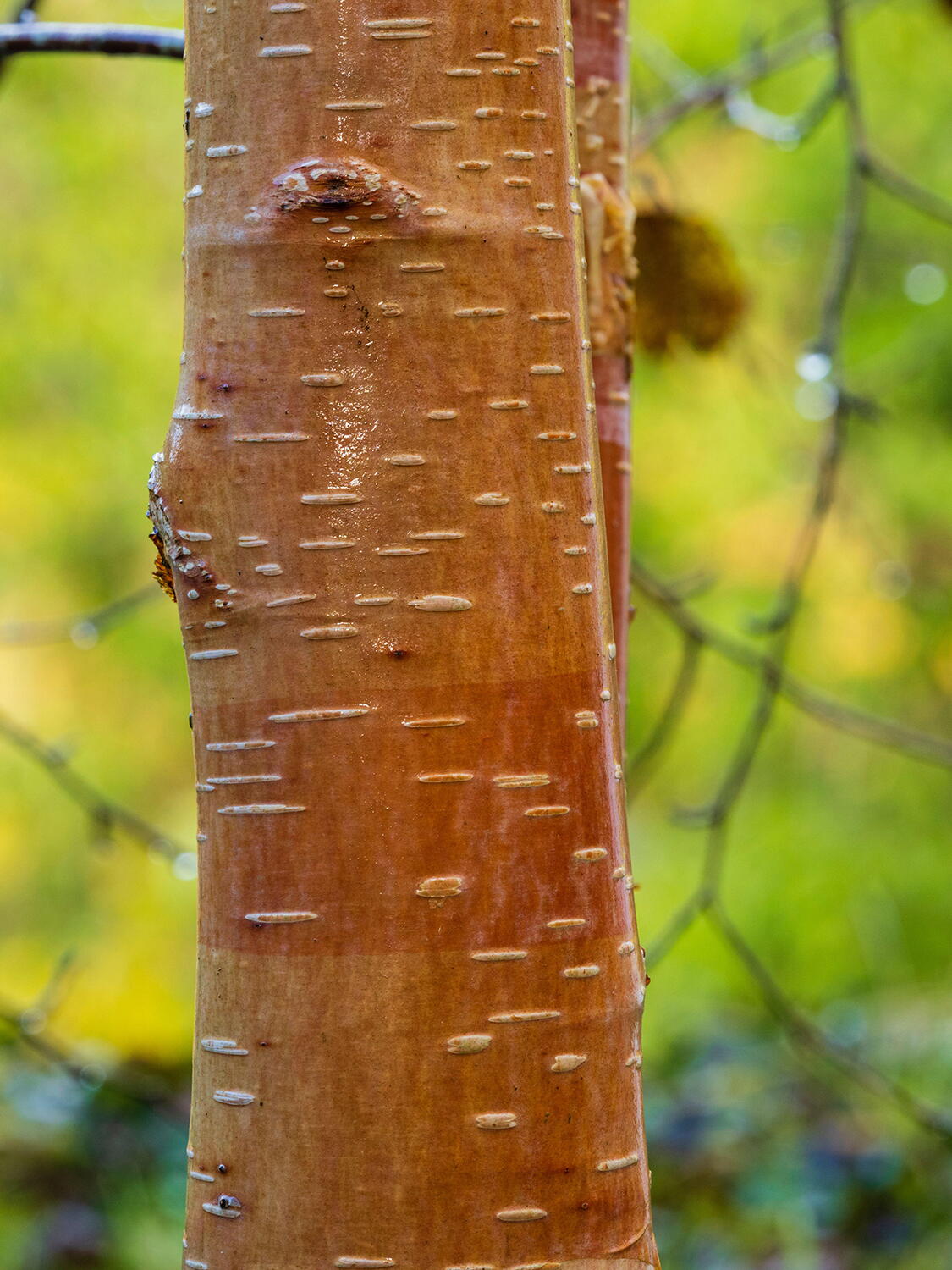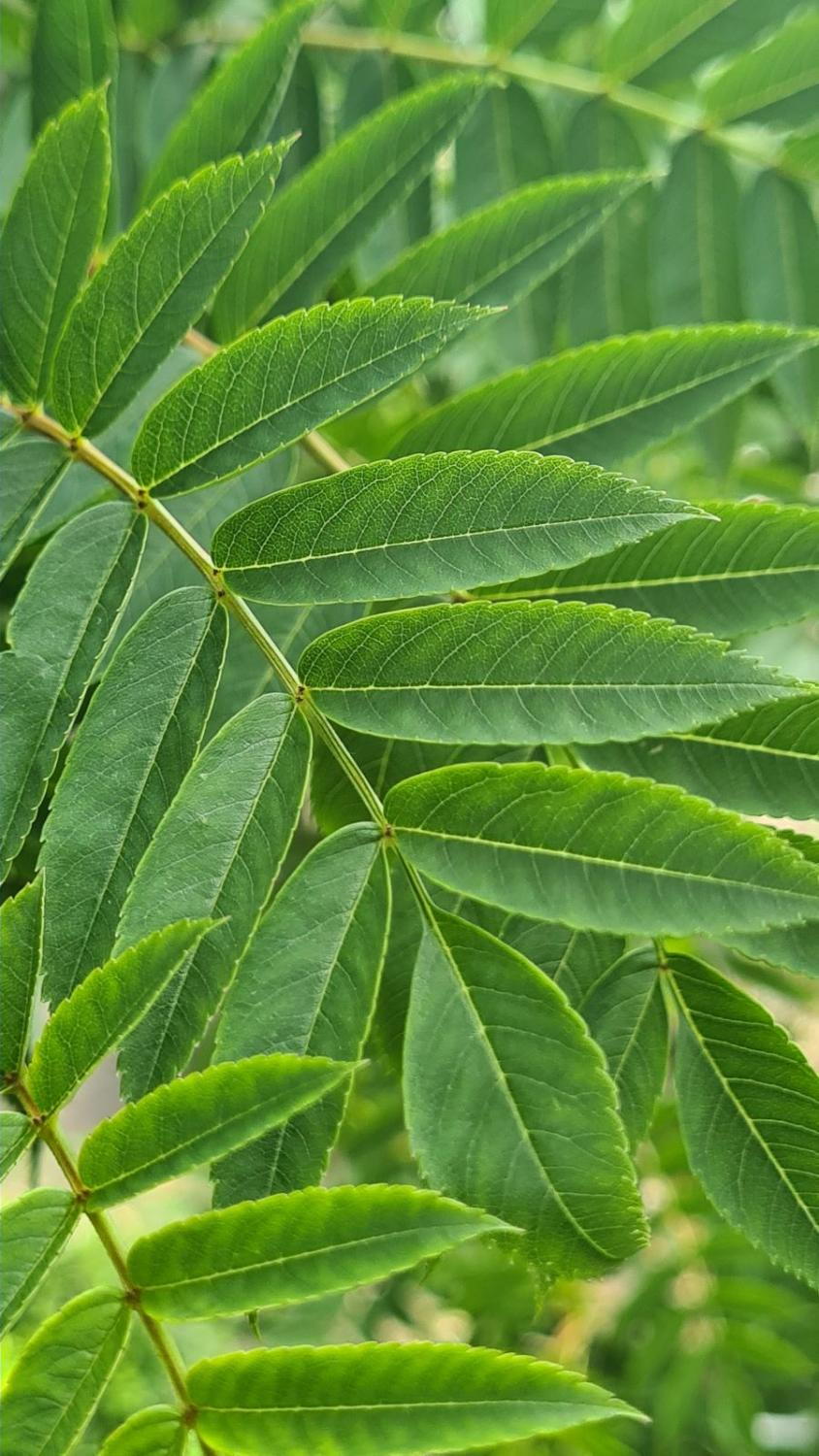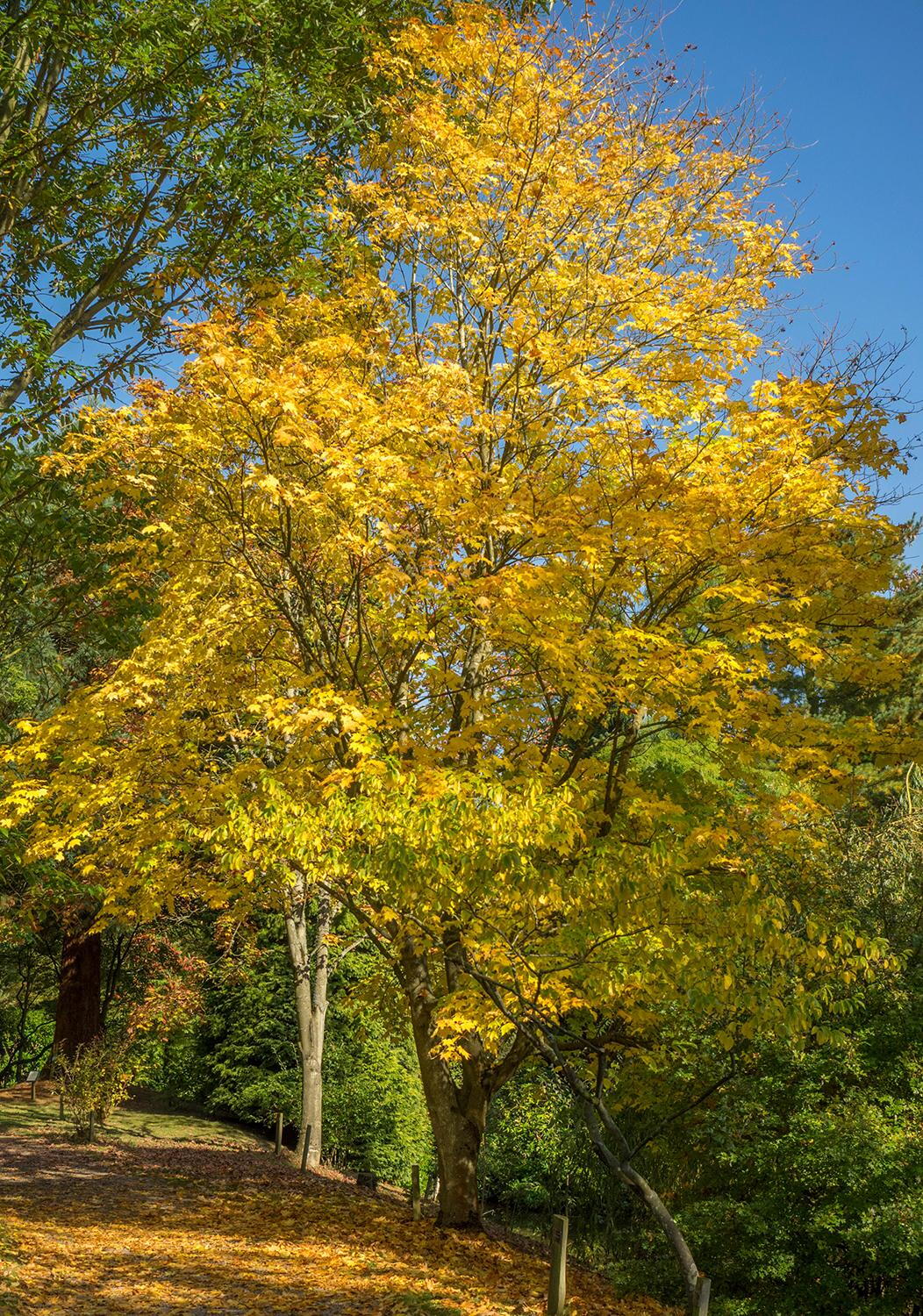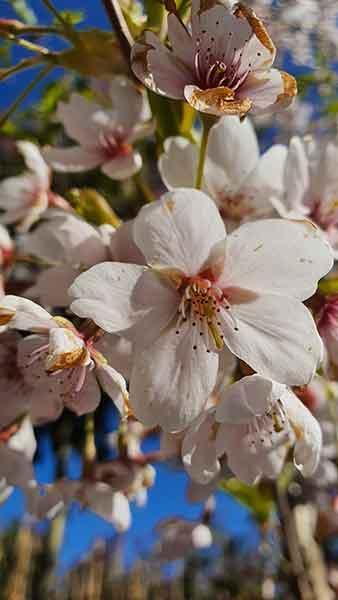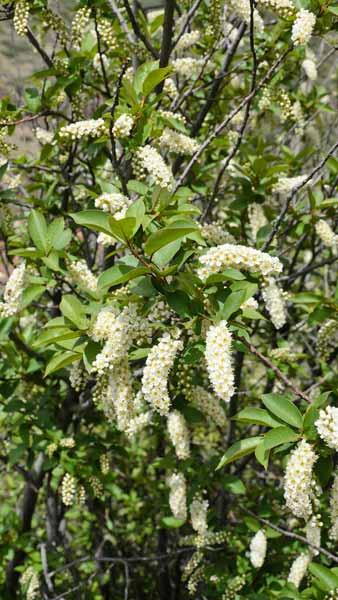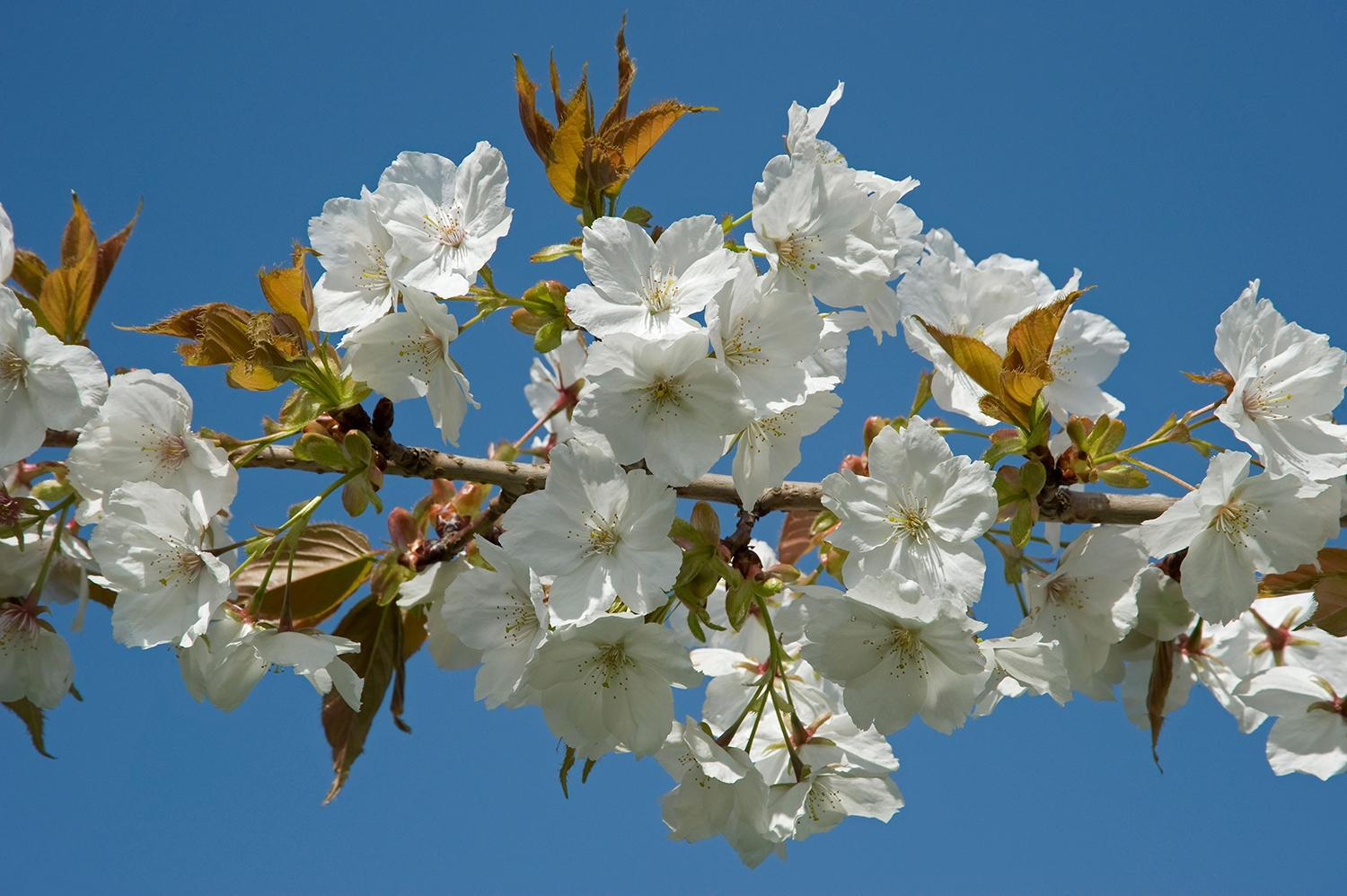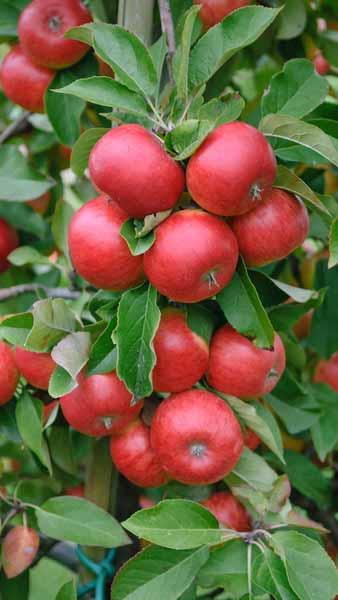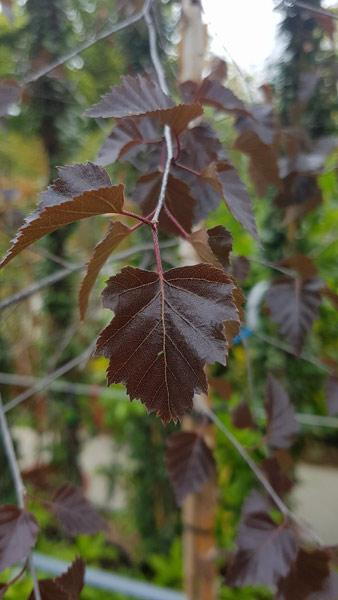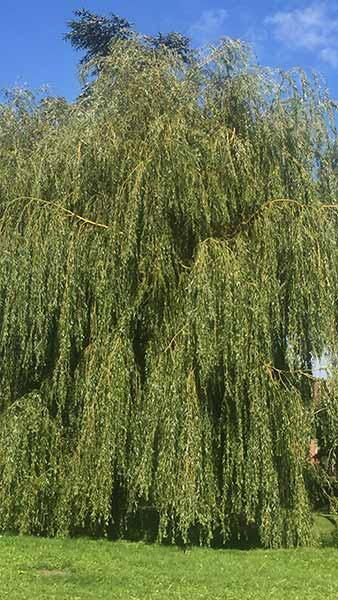Salix Sepulcralis Chrysocoma or Golden Weeping Willow Tree
Salix Sepulcralis Chrysocoma or Golden Weeping WillowOne of the most widely grown varieties of weeping willow tree, Salix sepulcralis Chrysocoma, more commonly known as Golden Weeping Willow, is a vigorous, ornamental tree. Valued for its hardiness and showy, drooping foliage, this deciduous tree is ideal as a statement or a specimen tree.A German hybrid created in the late 1800s, Golden Weeping Willow is easily recognisable by its golden colour. In the spring, the leaves emerge golden-yellow, maturing to green in the summer, to warm yellow tones in the autumn. Just as the foliage unfolds, willow catkins appear on the pendulous branches. The catkins are not particularly decorative, but they attract pollinators. Even when this deciduous weeping tree sheds its foliage in the winter, the striking yellow colour of the young stems and drooping, dome-forming branches look impressive. Salix sepulcralis Chrysocoma prefers full sun and moist, medium fertile soil. Although this medium sized tree thrives in well-drained soil, regardless of its type, it’s extremely tolerant of wet soils, which is why it’s often planted waterside. Whichever location you choose for planting this showy tree, make sure it will provide enough space for its full development. Fast-growing, this variety can be up to 8 metres high and 6 metres across.As well as other weeping willow varieties, Golden Weeping Willow is easy to grow and care for. There’s no need to prune this ornamental tree, as the weeping shoots form a dome-shaped crown naturally. Since the young branches have a vivid yellow colour, some people decide on pollarding to promote new growth. However, trimming and pruning are discouraged, since the removal of shoots can disrupt the natural, weeping and open-rounded shape of the crown.Fully hardy in all of the UK, this variety of weeping willow is also the recipient of the acclaimed Award of Garden Merit by the Royal Horticultural Society, a sure sign the Golden Weeping Willow is a reliable and resistant plant that thrives in Britain and Ireland. The spectacular golden foliage and the weeping habit of this tree make it a great choice for a statement tree with multiple seasons of interest. The drooping branches provide shade during summer months which is why it’s often planted near patios or sitting area, where the rich, golden foliage can be appreciated. A common choice for coastal areas, the weeping crown of this ornamental tree forms a stunning curtain of leaves, which serves as a windbreak. In case you have a pond or a stream in your garden, plant Golden Weeping Willow nearby- it will thrive in the moist soil and provide erosion control.
